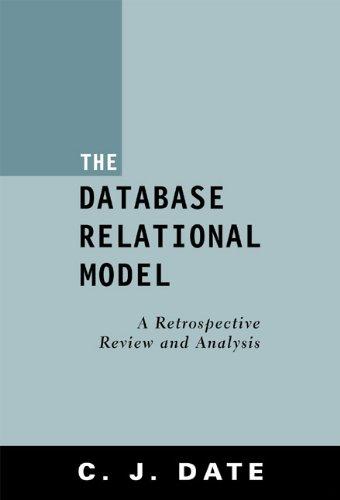Question
=================== Task1 ========================= Target: Use the SQL-like operation in polars.DataFrame (the class of the variable 'train') to turn the Original Format into Sentence Format as
=================== Task1 ========================= Target: Use the SQL-like operation in polars.DataFrame (the class of the variable 'train') to turn the Original Format into Sentence Format as below session type sentence --- --- --- i32 list[u8] list[i32] 0 [0, 0, 0] [1517085, 1563459, 161938] 1 [1, 0, 0] [424964, 1492293, 497868] 2 [0, 0, 0] [763743, 137492, 672473] 3 [1, 0, 1] [1425967, 1425967, 925352] 4 [0, 0, 0] [613619, 298827, 479396] Main Points: 1. You need to group aids and types using session as index. 2. Sort the groups by session number 3. Rename 'aid' as 'sentence' 4. Just remain the coloums of session, type and sentence 5. The variable name should be 'sentences_df' """ # Add your code here sentences_df = train.group_by(['session'])\ .agg(pl.col('type'), pl.col('aid').alias("sentence")).sort(by=['session'])\ .select(['session', 'type', 'sentence'])
print('Sentences Format: ', sentences_df.head(), ' ')
sentences = sentences_df['sentence'].to_list() del sentences_df gc.collect() # garbage collect return sentences
def TrainValidationSplit(): train = pl.read_parquet('./input/test/train.parquet') """
Step by Step Solution
There are 3 Steps involved in it
Step: 1

Get Instant Access to Expert-Tailored Solutions
See step-by-step solutions with expert insights and AI powered tools for academic success
Step: 2

Step: 3

Ace Your Homework with AI
Get the answers you need in no time with our AI-driven, step-by-step assistance
Get Started


